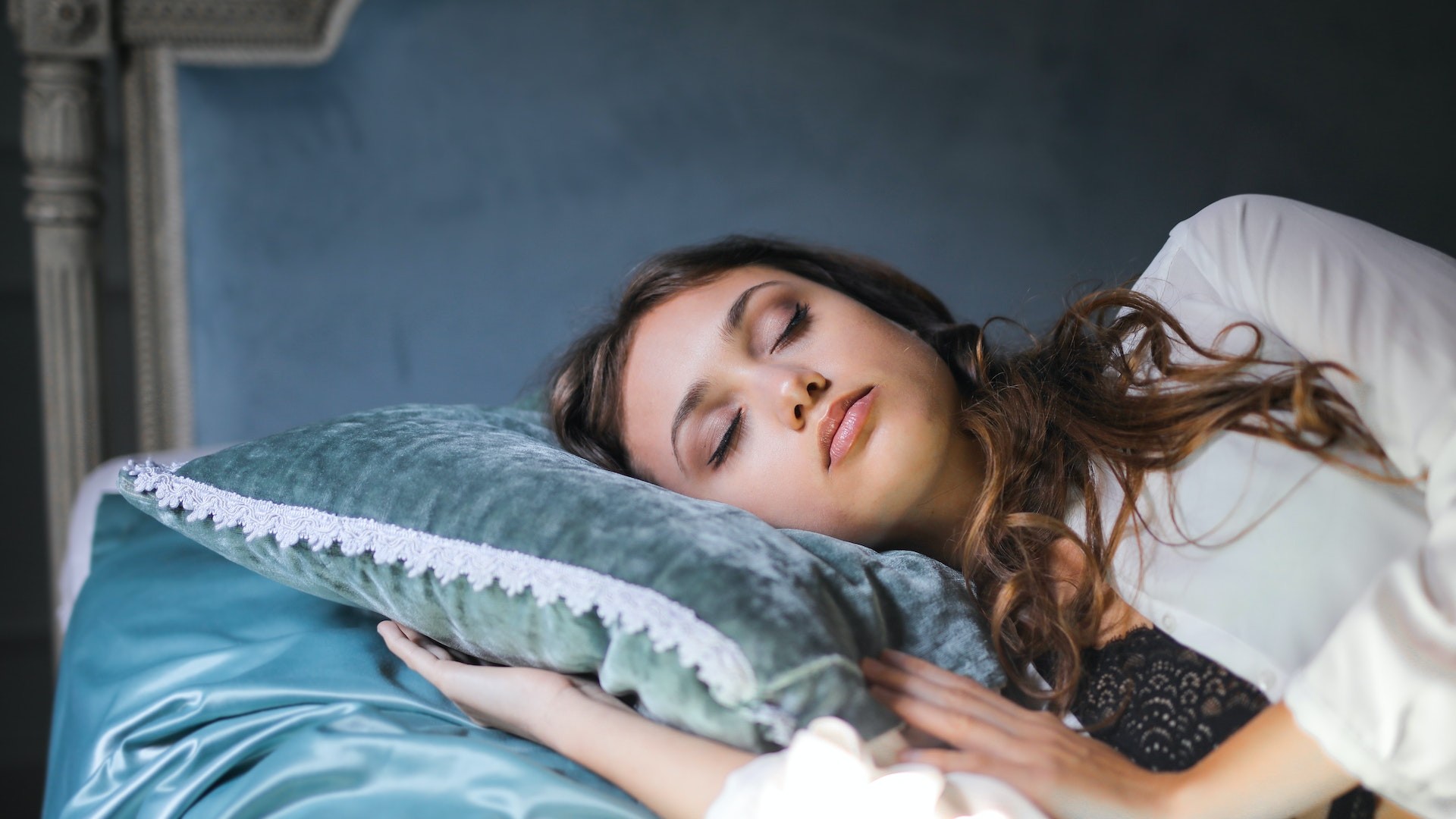
Are you finding it tricky to stay asleep at night, because of constant aural distractions? If you find that the moment you drop off, every random noise from a squeaky pipe to a mewing cat wakes you up, perhaps white noise might help.
That might sound weird: the word 'noise' isn't something you'd naturally associate with relaxation or restfulness. But many people use white noise to sleep and find it very helpful. Whether it be generated via via apps, YouTube videos or the best white noise machine, white noise for sleeping can in fact be even more effective than buying the best mattress or best pillow.
In this article, we look at the science of what white noise actually is, why people use white noise for sleep, and how to incorporate it into your routine. We'll also cover off pink noise and brown noise too. Alternatively, if you'd prefer to block out all noise while you sleep, see our guide to the best sleep earplugs.
What is white noise?
Sound happens when air molecules vibrate. Noise happens when air molecules vibrate across a broad range of frequencies. And white noise is a special category whereby air molecules vibrate equally across all of the frequencies within human hearing. That's makes it structurally similar to white light, which is a combination of all visible light wavelengths; hence the 'white' in the name.
That's the science. The reality is that white noise sounds a lot like the static on a TV or radio that isn't tuned in, or the whirring of an electric fan. And, perhaps surprisingly, many people find this can help create a soothing environment that's conducive to relaxation and sleep.
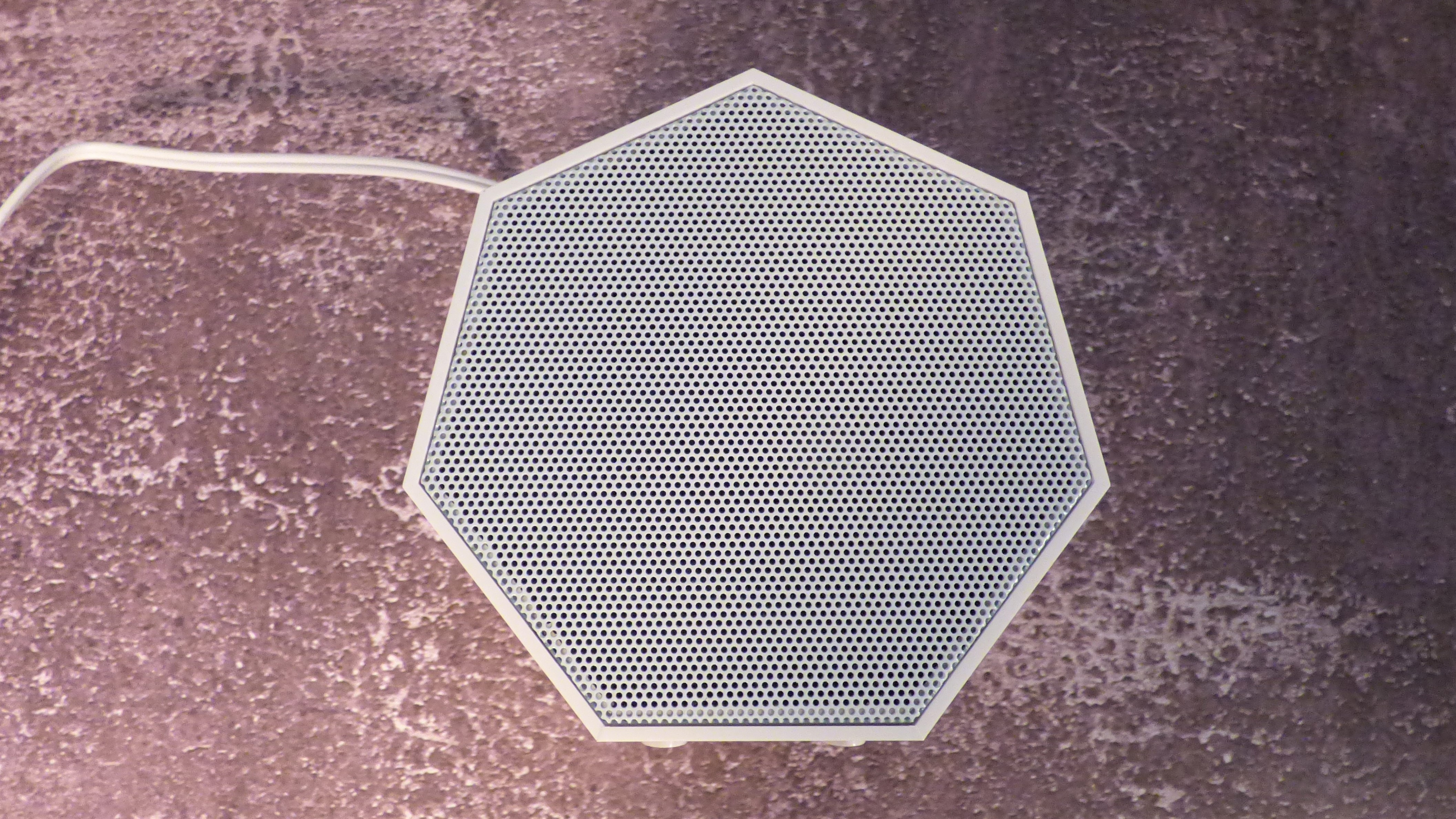
How does white noise help you sleep?
Martin Seeley, senior sleep expert at MattressNextDay, sets out three main reasons people find it helpful using white noise for sleep. The first is that it removes distractions. "White noise acts as a consistent background sound that masks or covers up other noises that may be present in your surroundings," he explains. "These noises could include traffic sounds, voices, barking dogs, or other disturbances that might otherwise disrupt your sleep. By providing a constant and predictable sound, white noise helps to drown out these distractions, making it easier for you to relax and fall asleep."
Martin adds, though, that even if you're in silent surroundings, the sound of white noise can still have a calming effect on the brain. "That's because white noise creates a steady and consistent auditory stimulus that can help to relax your mind and block out intrusive thoughts or racing mental chatter," he says. "This can be especially helpful if you tend to overthink or have difficulty quieting your mind before sleep."
One final way that white noise can help you drop off is by association. "Over time, your brain can learn to associate the sound of white noise with sleep and relaxation," Martin explains. "By consistently using white noise during your bedtime routine, your brain begins to recognise it as a cue for sleep, triggering a conditioned response that helps you wind down and prepare for restful sleep."
Not sure whether using white noise for sleeping is working? Then consider analysing your sleep properly with the best sleep trackers.
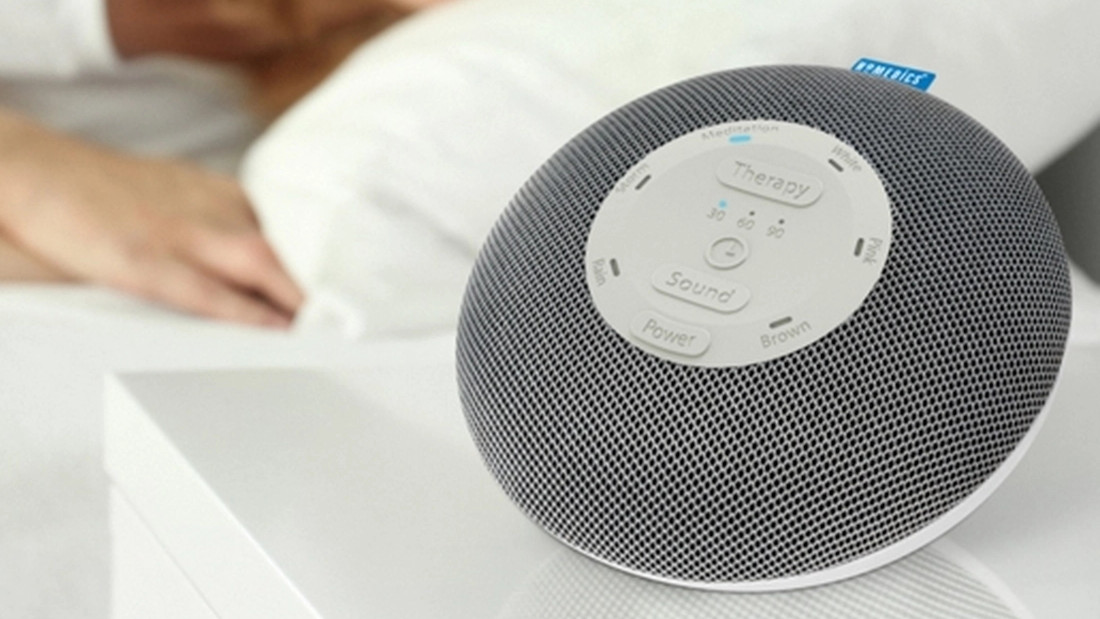
How to incorporate white noise into your sleep routine
If you like the idea of using white noise to sleep, Martin suggests you follow a few simple steps. The first is choose an audio source that suits your preferences. "This could be a dedicated white noise machine, a fan, or a smartphone app that provides various soothing sounds," says Martin. "Place it at a distance that allows the sound to cover the room without being too loud or disruptive."
Next, you should establish a consistent bedtime routine that includes turning on the white noise a few minutes before you plan to sleep. "This helps signal to your brain that it's time to relax and wind down," says Martin. "Adjust the volume to a level that is comfortable and soothing for you."
Finally, it's also important to ensure that your sleep environment is conducive to restful sleep, with comfortable bedding, proper temperature, and minimal light. Follow all these steps, and using white noise for sleep will become much more effective.
What are pink noise and brown noise?
As we mention above, white noise is characterised by equal energy across all frequencies, providing a neutral auditory environment. However, some people find it too harsh sounding. In which case, they may prefer pink noise, which has more energy in lower frequencies, making it sound deeper and more soothing. Basically, it sounds a bit like someone going 'Shhhhh.'
Then there's brown noise, sometimes referred to as red noise, which has even more energy in lower frequencies and produces a deeper, rumbling sound that sounds a bit like rolling thunder. "Brown noise can be particularly useful for blocking out low-frequency sounds and creating a cocoon-like atmosphere," says Martin.
Ultimately, the choice between these noise types depends on your personal preference and the specific benefits you seek. Martin recommends experimenting with each type and observing how they affect your sleep and relaxation to help determine which one works best for you.
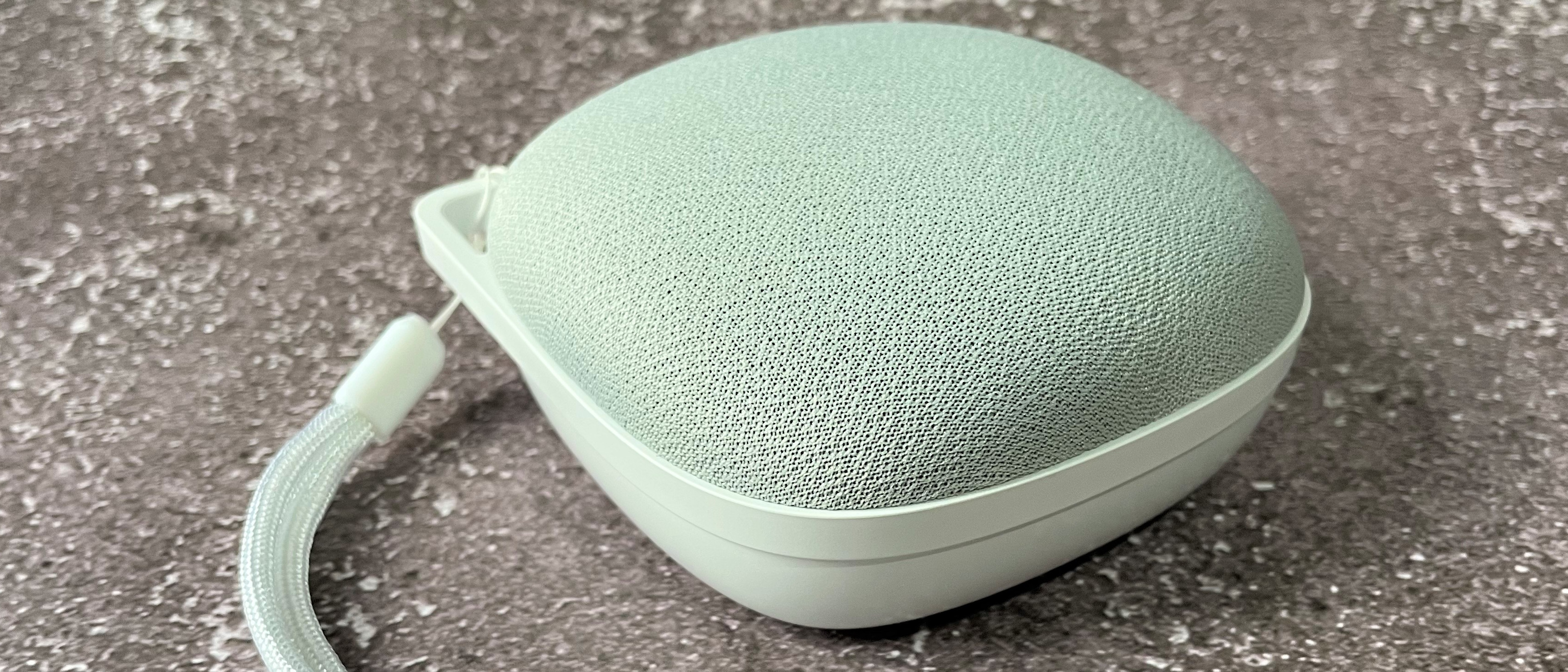
How to choose a white noise machine
When selecting a white noise machine, Martin suggests three main factors to consider. Firstly, and perhaps most obviously, focus on the sound quality. "Look for a machine that produces a high-quality, non-looping sound that is pleasing to your ears," he recommends. Consider options with adjustable volume controls to customise the sound level to your preference."
Secondly, think about the variety of sounds the machine offers. "Some offer a range of white noise options, including nature sounds or fan noises, allowing you to choose the most relaxing and soothing option for you," Martin explains.
Thirdly, consider the white noise machine's features. "Look for options with timers or automatic shutoff functions, so you can set it to turn off after you've fallen asleep. Additionally, consider portability if you plan to travel with the machine."
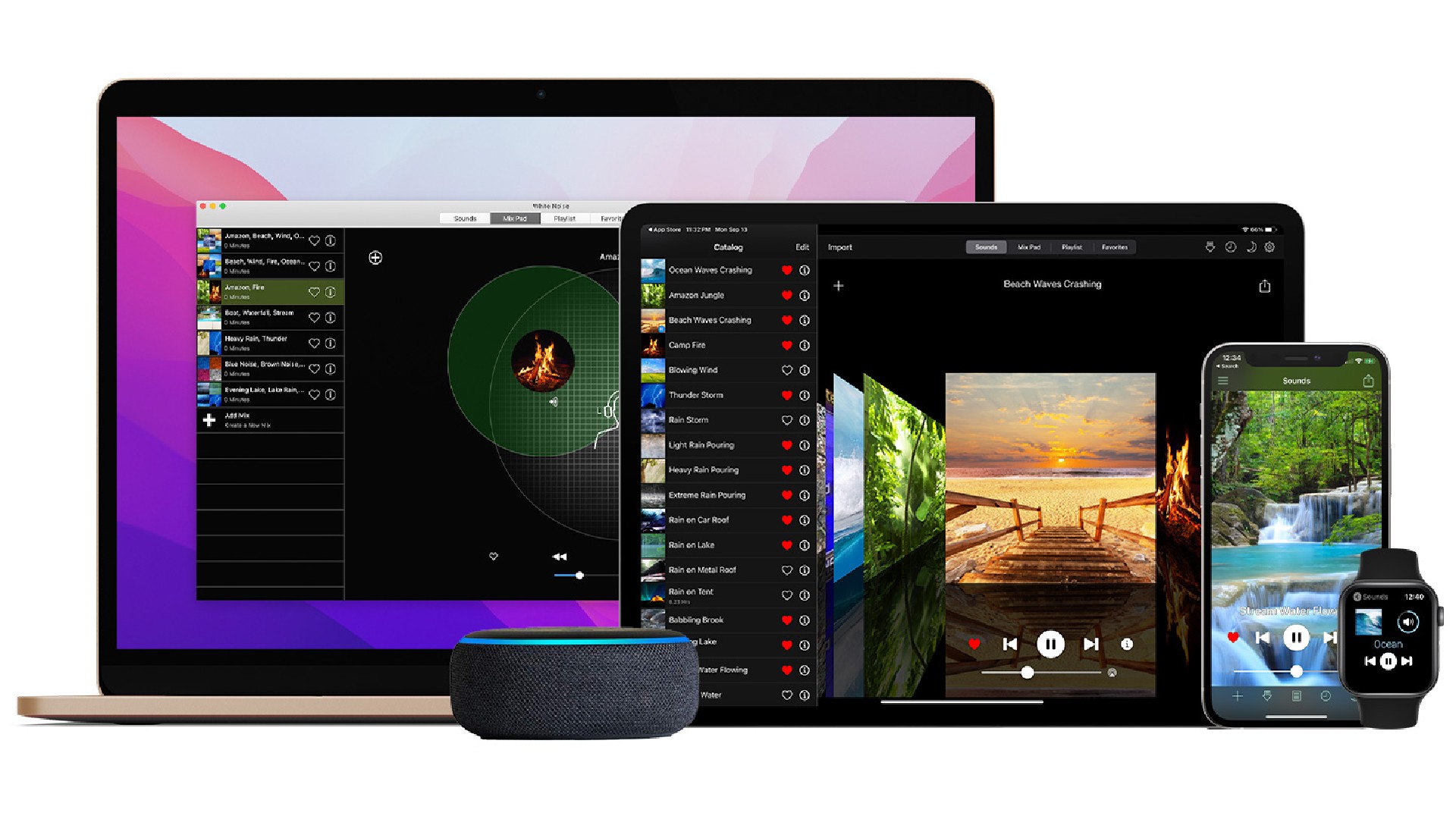
What are the alternatives to white noise machines?
Don't have the money for a white noise machine? There are numerous white noise videos and apps available that can help create a soothing sleep environment. "Some popular options include the White Noise Lite and Relax Melodies apps, which offer a wide range of white noise sounds and customisable features," says Martin. "Another well-known app is Noisli, which provides a variety of ambient sounds, including white noise, nature sounds, and background noise."
If you fancy treating your tired eyes to some sleep-inducing visuals at the same time, YouTube offers a plethora of white noise videos with calming images, such as rain falling or ocean waves. "It's important to explore different options and find the ones that resonate with your personal preferences and help you relax and drift off to sleep easily," says Martin.







